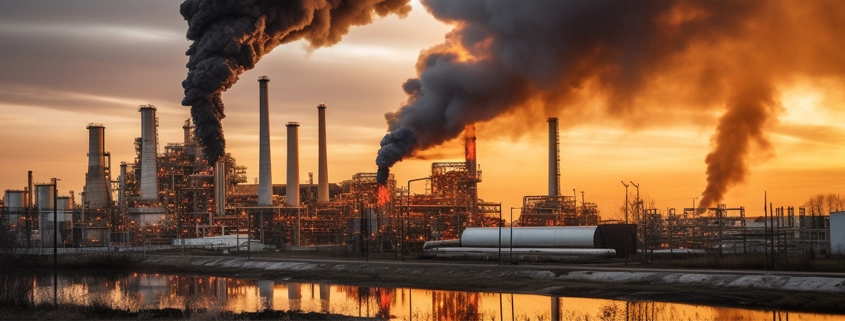Adveco FUSION Simplifies Low-Carbon Water Heating
Adveco FUSION is an expanded range of electric water heaters (Fusion-E) and packaged renewable water heaters (FUSION-T) Rugged and highly resilient for use in both hard and soft water conditions Easier and faster to install Commercial hot water specialist Adveco expands its award-winning low-carbon FUSION packaged electric water heater system. Offering 80 pre-sized variants and … Read more






















